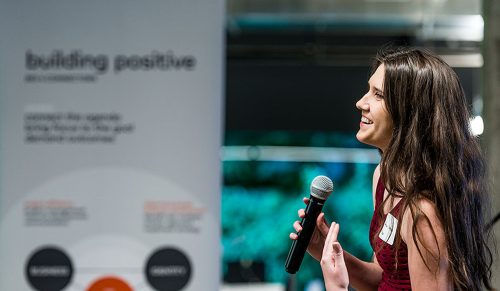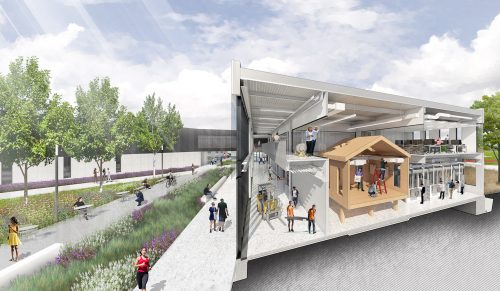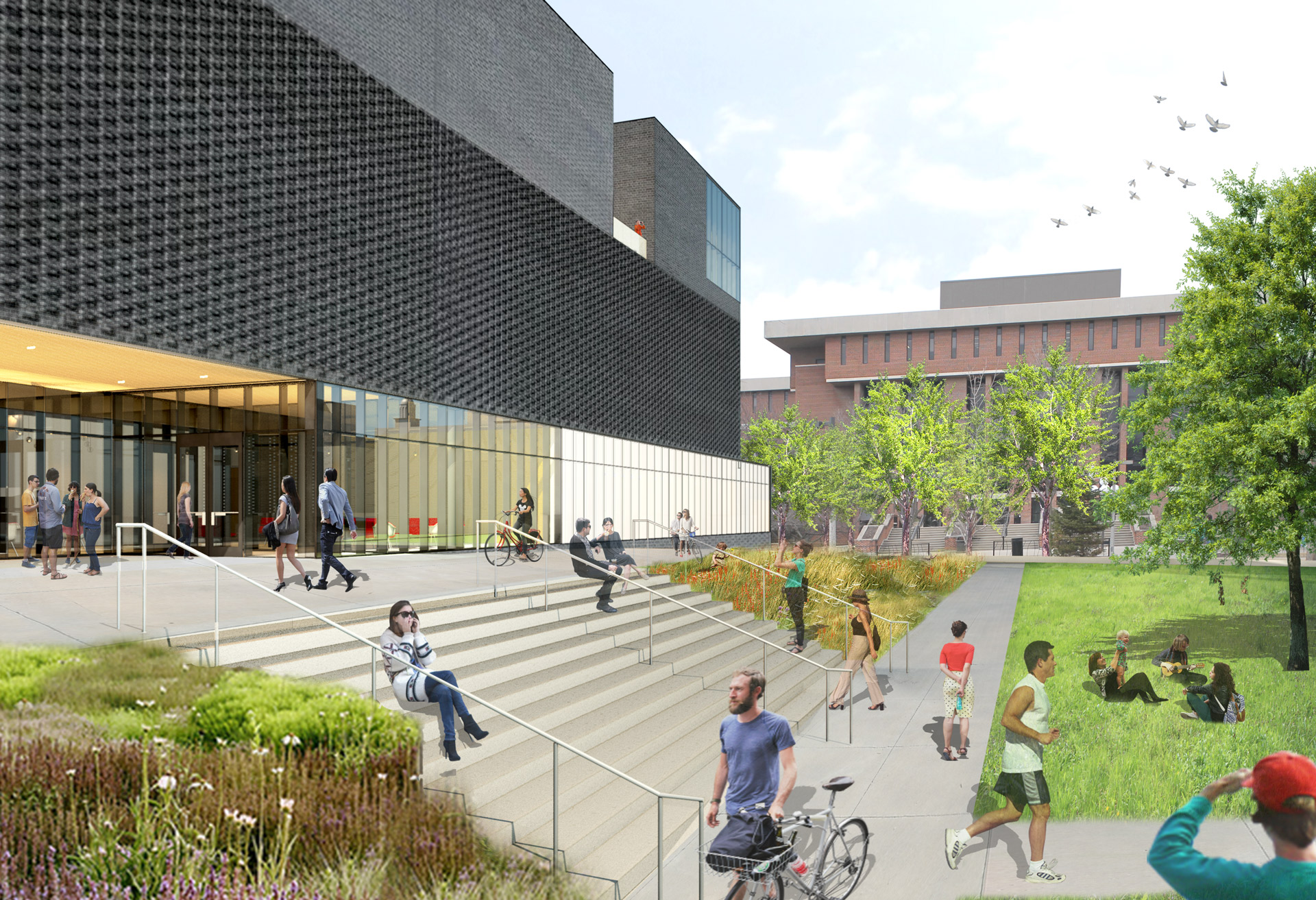1 HTTP://WWW.TC.COLUMBIA.EDU/ARTICLES/1999/JUNE/SHIFTING-THE-ARTS-DEBATE-FROM-ONE-WAY-TRANSFER-OF-SKILLS-TO-
2 HTTPS://WWW.USNEWS.COM/OPINION/ARTICLES/2014/04/28/MUSIC-ART-AND-LANGUAGE-PROGRAMS-IN-SCHOOLS-HAVE-LONG-LASTING-BENEFITS
3 HTTP://WWW.KATYISD.ORG/DEPT/FINEARTS/PAGES/THE-IMPORTANCE-OF-FINE-ARTS-EDUCATION-.ASPX
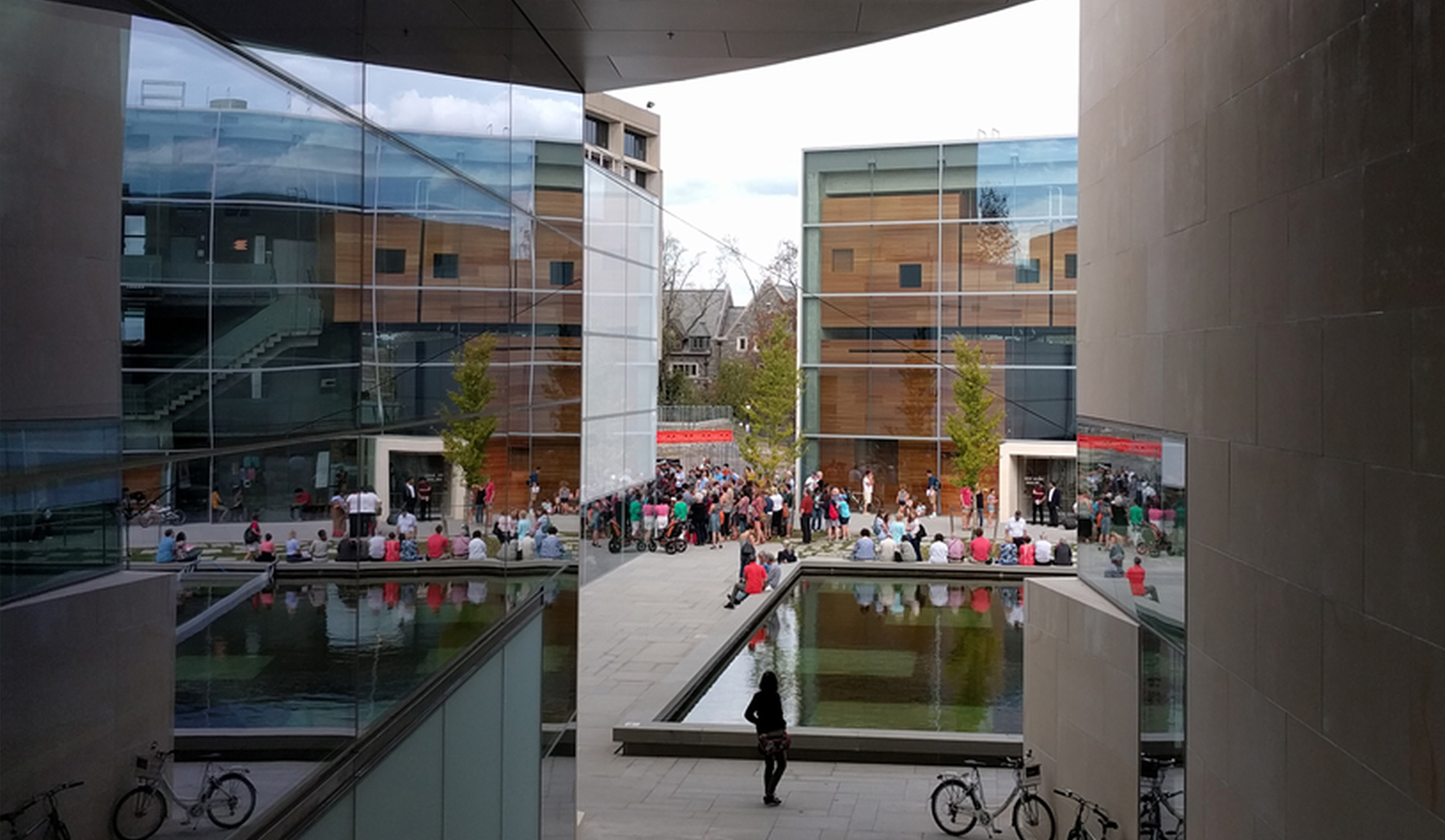
The Arts Enrich Human Vitality
Arts education and engagement are key to the development of a culturally rich and diverse society. Many have explored and proven the significant role that the arts play in human development. In her study, Judith Burton with Columbia University demonstrated that subjects such as mathematics, science, and language require complex cognitive and creative processes that are typical of learning in the arts.¹ A separate study showed that music training and performance provide a strong base for characteristics attributed to success in many areas of individual growth, including communication, enthusiasm, style, and presentation.² Furthermore, yet another study found that association with the arts improves motor skills and emotional balance.³
This is a small sampling of research that shows a strong connection between the arts and mental, physical, and emotional development, yet funding for the arts is typically the first to be cut from school, local, and federal budgets. Many arts projects — museums, performance halls, and theaters — are subject to lengthy fundraising efforts and largely dependent upon private donations. Although the arts offer tangible benefits to cities that cultivate thriving creative communities, it is often a small contingency of dedicated patrons who perpetuate the arts’ vitality.
The physical environment plays a significant role in the success of programs for observing, teaching, and learning the arts. Beyond creating space for specific and evolving needs, facilities can enhance the success of these programs through improved human health, productivity, and other measurable metrics by adhering to certain tenets of a design approach that focuses on human vitality. At BNIM, we refer to this as human purposed design.
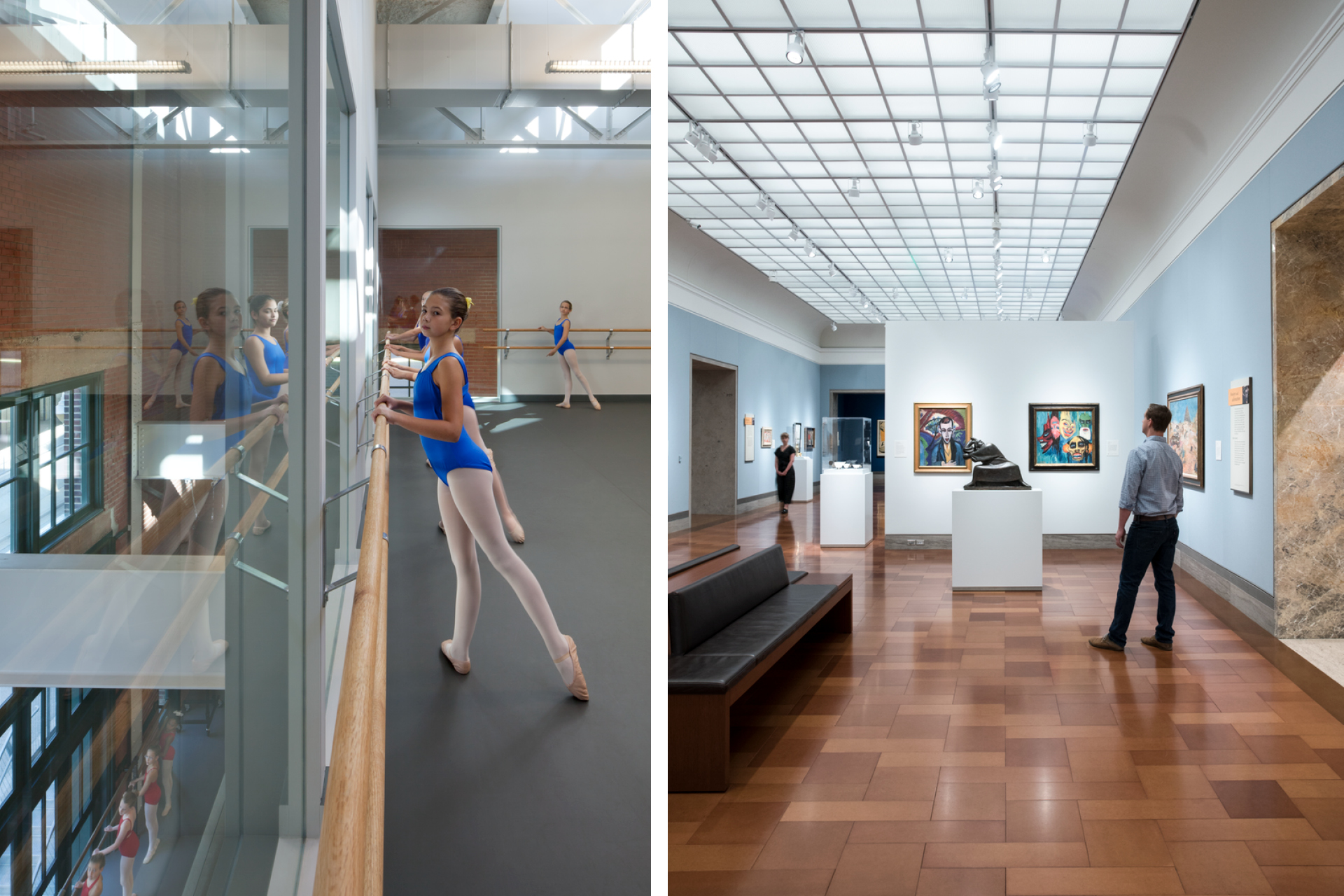 TODD BOLENDER CENTER FOR DANCE AND CREATIVITY| NELSON-ATKINS MUSEUM OF ART — BLOCH GALLERIES
TODD BOLENDER CENTER FOR DANCE AND CREATIVITY| NELSON-ATKINS MUSEUM OF ART — BLOCH GALLERIES
Design Excellence/Responsible Design
We approach each project in a manner to responsibly create an experience that provides for our clients’ programmatic needs and enhances the human spirit. We proactively seek to understand our clients’ metrics for success and work collaboratively to find solutions that will assist in enhancing and measuring those goals. The University of Iowa School of Art and Art History, a collaboration between BNIM and Steven Holl Architects, noted that the building’s design has inspired many others to create pieces of art, continuing the creation of beauty. At the Todd Bolender Center for Dance and Creativity, BNIM repurposed a dilapidated powerhouse into a vibrant rehearsal and performance space for aspiring dancers. The year following the new building’s grand opening, the Kansas City Ballet saw an increase in students and ticket sales, and the company was able to recruit top talent from across the country.
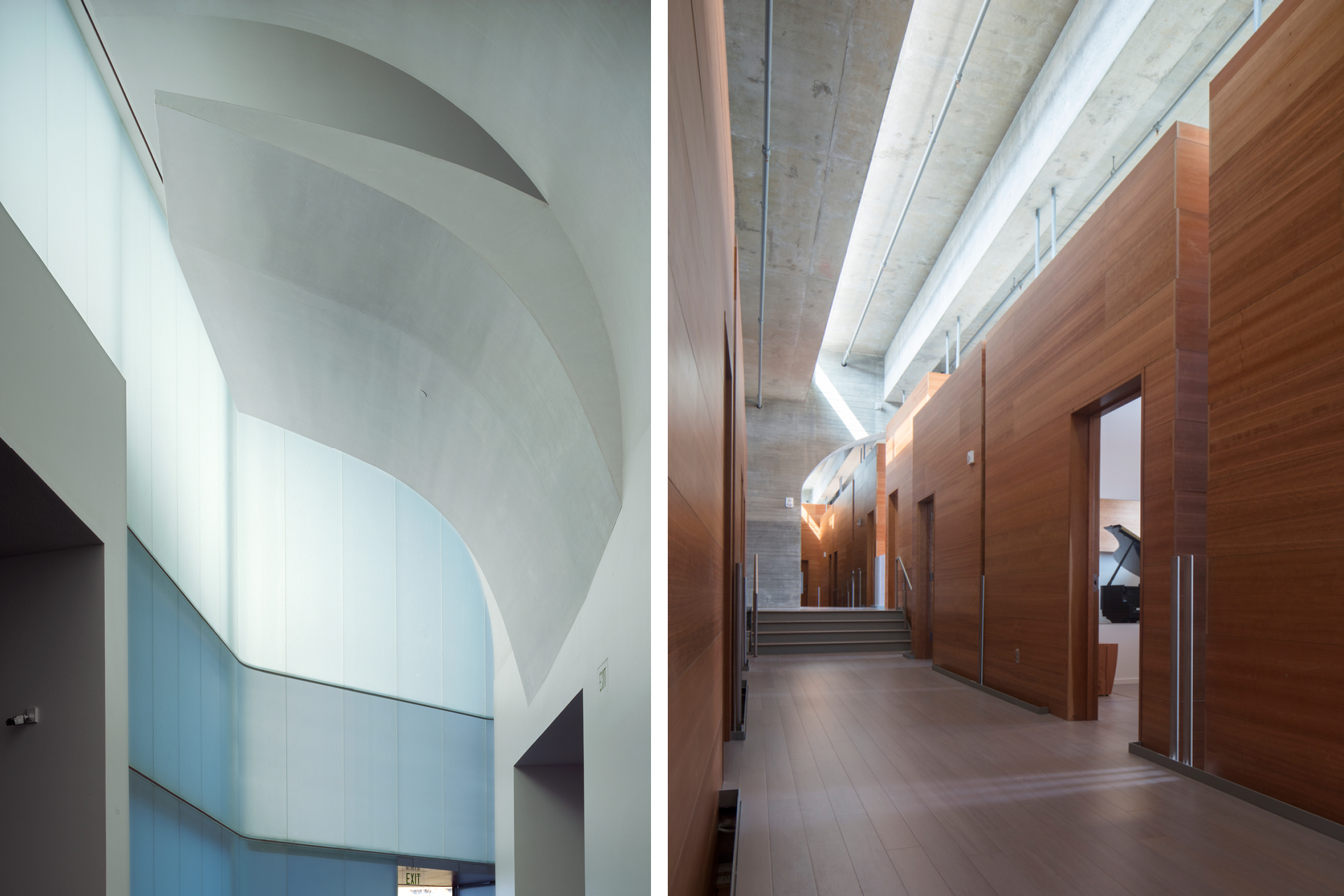 NELSON-ATKINS MUSEUM OF ART — THE BLOCH BUILDING| PRINCETON UNIVERSITY — LEWIS CENTER FOR THE ARTS (BOTH WITH STEVEN HOLL ARCHITECTS)
NELSON-ATKINS MUSEUM OF ART — THE BLOCH BUILDING| PRINCETON UNIVERSITY — LEWIS CENTER FOR THE ARTS (BOTH WITH STEVEN HOLL ARCHITECTS)
High Performance Integrated Design
BNIM’s work at the University of Missouri School of Music and the Princeton University Lewis Center for the Arts (with Steven Holl Architects) pulled the individual practice and performance spaces apart into a series of “boxes,” which enhanced the acoustic isolation between each area. Also, the Kauffman Center for Performing Arts boasts near-perfect acoustics, promising an exceptional experience for performers and audiences alike. In the Bloch Galleries at the Nelson-Atkins Museum of Art, BNIM collaborated with specialty lighting designers and museum staff to create unique environments for extremely delicate works of art, with systems that maintain a constant temperature and lighting that dims when sensors do not detect movement in the gallery.
Using the Arts as Pedagogy
As architects and designers, artistic and visual expression is engrained in our design process. We lend the highest regard and recognize the ability of the arts to elevate critical and creative thought, enhance perception, and cultivate imaginative experiences. The University of Iowa Museum of Art is targeted to establish a new agenda for higher education museums. The design creates an experience and facility that enhances the student connection with the arts, allowing them to encounter artwork and historic artifacts in a tactile manner. Other universities across the country have rebranded to become experimental and research-oriented, rather than employing traditional teaching methods. This focus provides a research lab environment, allowing patrons to interact with emerging arts, mediums, methods, and performance arts, expanding their outreach and patron support.
The merging of space and art is a powerful confluence in which buildings may be utilized as vehicles of artistic expression. We seek to achieve a harmonious balance and perception of art — physical, musical, performance — within the built environment, wherein the human experience is key.
